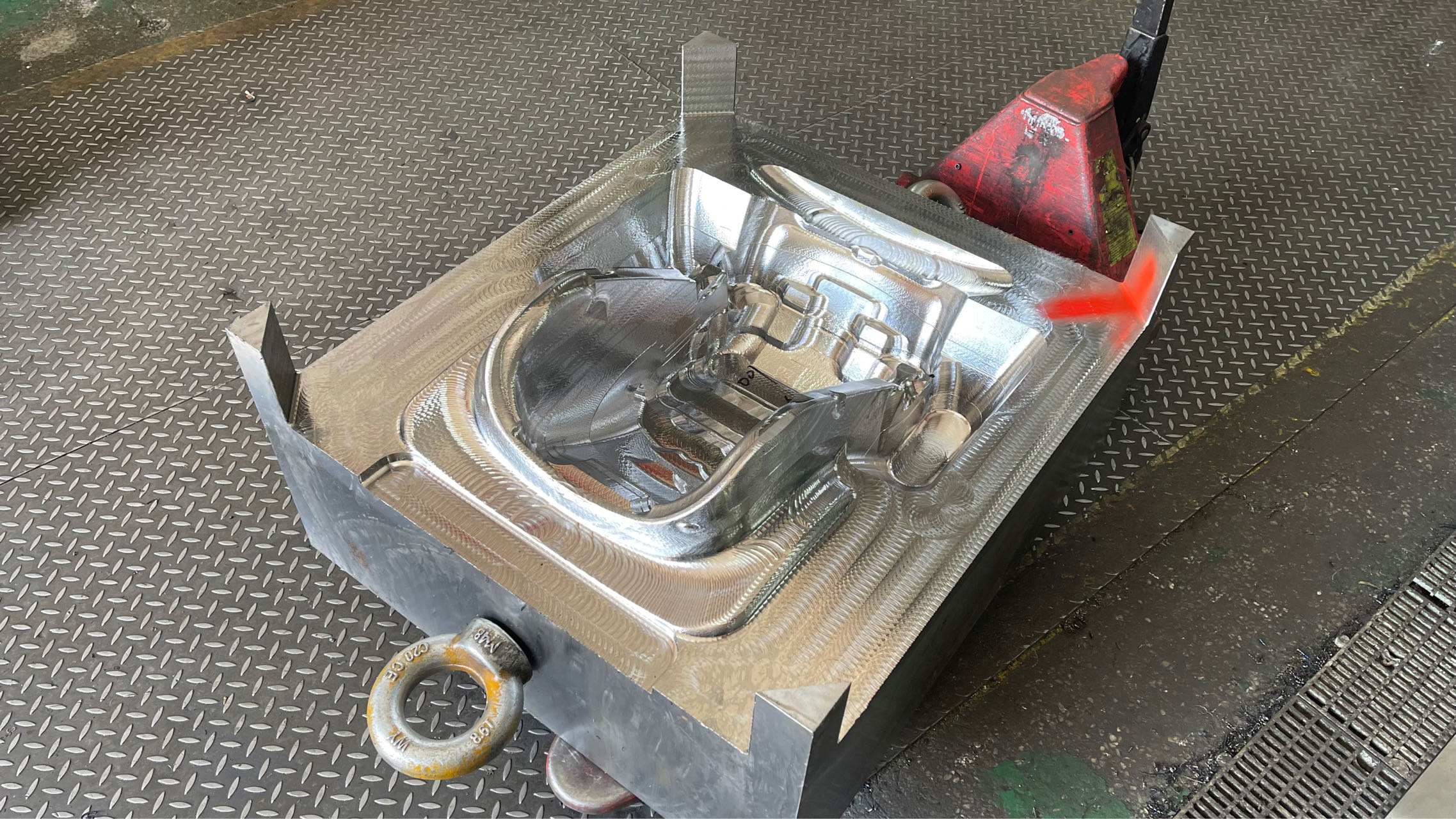The die industry plays a crucial role in manufacturing and engineering, serving as a critical component in producing a variety of products. In Singapore, the die industry has evolved over the years, positioning the nation as a significant player in the regional and global markets. This article delves into the various aspects of the die industry in Singapore, including its history, current trends, challenges, and future prospects.
Historical Background of the Die Industry in Singapore
The die industry in Singapore has its roots in the 1960s when the country embarked on its industrialization journey. Initially, the focus was primarily on producing simple tools and dies for local manufacturers. As Singapore's economy grew, so did the demand for more sophisticated die-making techniques.
The establishment of the Economic Development Board (EDB) in 1961 marked a significant turning point. With a vision to attract foreign investment, the EDB implemented various initiatives that fostered the growth of the manufacturing sector, including the die industry. This led to the influx of foreign companies, bringing in advanced technology and expertise. By the late 1980s, Singapore had firmly established itself as a hub for precision engineering and die manufacturing.
Current Trends in Singapore's Die Industry
Today, the die industry in Singapore is characterized by advanced technology integration, high-quality production standards, and a skilled workforce. Innovations such as 3D printing, computer numerical control (CNC)
Moreover, there is a growing trend towards sustainability and eco-friendly practices. Many companies in Singapore are adopting green technologies and materials to minimize their environmental impact. The government supports these initiatives through various grants and incentives, encouraging industries to incorporate sustainable practices. A skilled workforce is fundamental to the success of the die industry in Singapore. The government and private sector have collaborated to develop training programs aimed at equipping workers with the necessary skills and knowledge. Educational institutions, such as polytechnics and universities, offer specialized courses in precision engineering and manufacturing technology. Moreover, companies are investing in continuous professional development to enhance the skills of their employees. This focus on workforce development not only addresses the current talent shortage in the industry but also prepares the workforce for future technological advancements. Despite its advancements, the die industry in Singapore faces several challenges. One of the primary issues is the rising cost of materials and production. Fluctuating global prices for raw materials can significantly impact production costs, squeezing profit margins for companies. Furthermore, the shortage of skilled labor poses a significant challenge. As the industry evolves, there is a need for continuous upskilling to keep pace with new technologies and processes. Companies must find innovative ways to attract and retain talent to remain competitive. The Singaporean government plays a pivotal role in supporting the die industry. Through various initiatives, such as the Industry Transformation Map (ITM) for advanced manufacturing, the government aims to promote innovation, productivity, and sustainability in the sector. The Critical Infocomm Technology Resource Programme (CITRP) is another initiative designed to support companies in integrating digital technologies into their operations. Through grants and support programs, the government encourages private sector investments, enabling companies to adopt cutting-edge technologies that enhance their capabilities. Looking ahead, the future of the die industry in Singapore appears promising. With the ongoing push for digital transformation and Industry 4.0, there are abundant opportunities for growth and innovation. Companies that embrace new technologies, such as artificial intelligence and big data analytics, will likely experience significant gains in operational efficiency and productivity. The emphasis on sustainability will also shape the industry's future. As global demand for green products increases, companies that prioritize environmentally friendly practices will have a competitive edge. By investing in research and development, the die industry can create products that meet both performance and sustainability standards. Singapore's die industry has come a long way from its humble beginnings, evolving into a dynamic and integral part of the manufacturing landscape. Despite facing challenges, the industry's resilience and adaptability to change position it for future growth. With continued government support, skilled workforce development, and a focus on innovation, the die industry in Singapore is set to thrive in the coming years.The Role of Workforce Development
Challenges Faced by the Die Industry
Government Support and Initiatives
Future Prospects of the Die Industry
Conclusion

